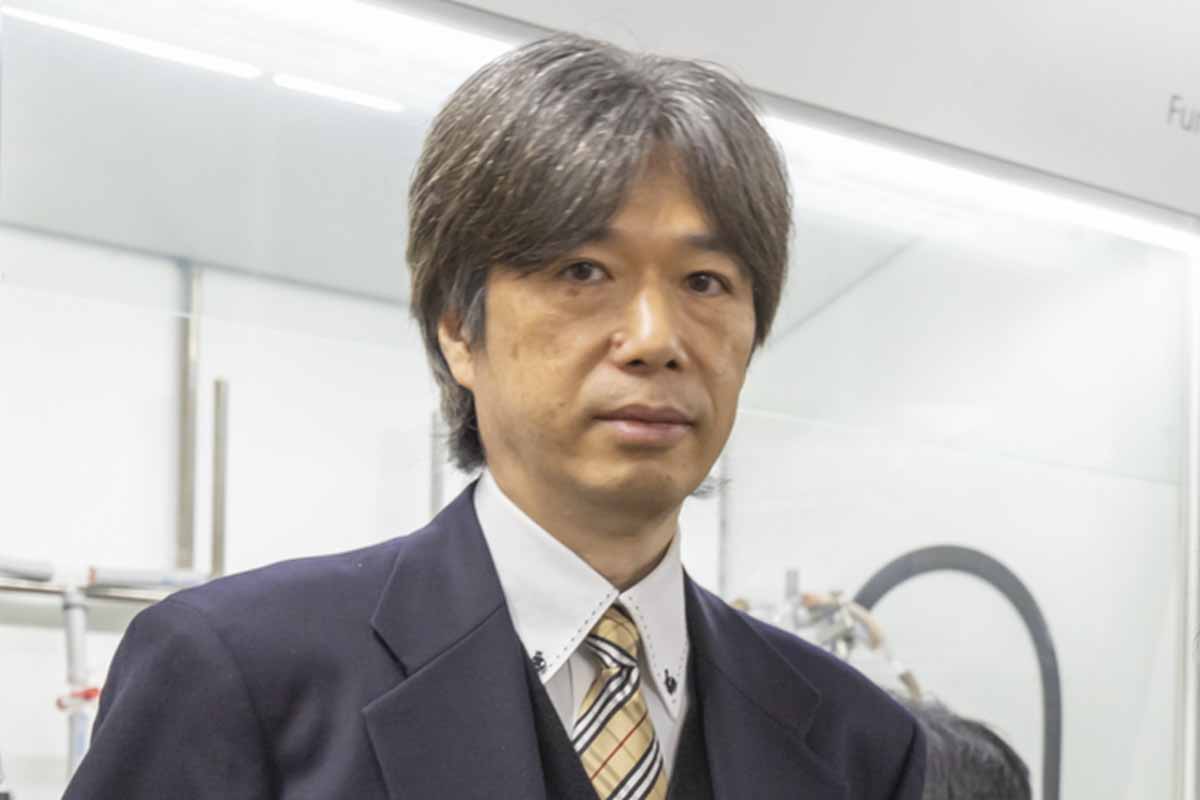YOSHIDA-AKIMOTO Lab.

Department of Materials Engineering
School of Engineering,
The University of Tokyo
Japanese/English

Professor, Principal investigator
Functional Polymer Gels, Smart Softmaterials, Intelligent Materials, Biomimetics, Biomaterials, Nonlinear Dynamics
1993.03 Ph.D. degree, Department of Chemical Engineering, Waseda University, Japan
1993.04 Research Associate
Institute of Biomedical Engineering, Tokyo Women’s Medical College, Japan
1994.04 Researcher
Department of Polymer Engineering, National Institute of Materials and Chemical Research,
Agency of Industrial Science and Technology (AIST), Japan
1997.07 Assistant Professor
Institute of Applied Biochemistry, University of Tsukuba, Japan
2001.04 Associate Professor
Department of Materials Engineering, School of Engineering, The University of Tokyo, Japan
2012.03 Professor
Department of Materials Engineering, School of Engineering, The University of Tokyo, Japan
2019 The Award of the SPSJ (Society of Polymer Science Japan)
2018 New Age Technology Award, International Association of Advanced Materials (IAAM)
2009 SPSJ Wiley Award
My research subjects are design of smart (or intelligent) polymer gels and their application to biomedical and biomimetic fields such as artificial muscles, drug delivery systems (DDS), tissue engineering, biosensor. In addition to stimuli-responsive gels, in 1996, I have developed a novel self-oscillating gel which autonomously exhibits cyclic swelling-deswelling motion under constant conditions like heartbeat (JACS, 118, 5134, (1996)). For the self-oscillating polymer gels, several kinds of autonomous material systems have been designed as novel biomimetic softmaterials. These smart gel systems would serve as a good model for the understanding of biochemical and biophysical phenomena, generally observed in living systems. My research should make an important contribution to current developing materials science and engineering in biomedical and biomimetic fields.